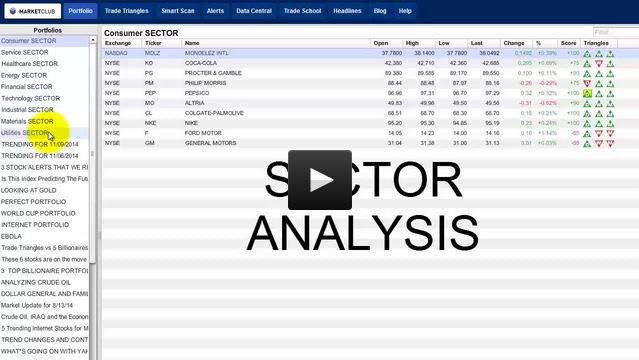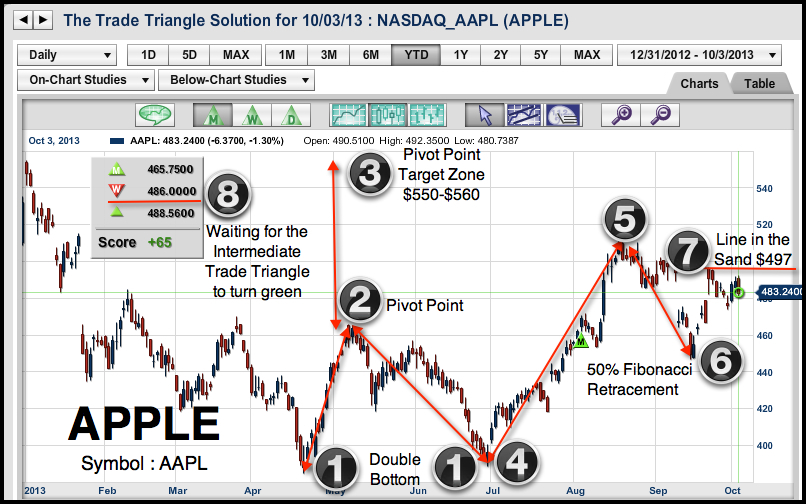The swift acceleration of pioneering technologies, coupled with a remarkable upswing in digital growth, has notably amplified the allure of customized hardware solutions. However, not all technology hardware firms are enjoying these benefits.
Tech behemoth Apple, Inc. (AAPL), known for revolutionizing numerous product sectors, encompassing personal computers, smartphones, and tablets – added another milestone by becoming the first company ever to surpass a market cap of $3 trillion.
In March, AAPL’s CEO Tim Cook belonged to the pioneering group of international executives to engage Beijing's high-ranking officials following the relaxation of COVID-19 restrictions. Cook lauded the mutual enrichment of both the company and China, characterizing their relationship as "symbiotic.”
Half a year later, in September, this association was showing signs of tension. AAPL found itself navigating through new competitive challenges within China, which was its major manufacturing base and its most significant international market.
In September, AAPL experienced a stock sell-off that slashed almost $200 billion from its market cap. This followed revelations that multiple government departments had inflicted bans on AAPL product usage within government agencies and state-owned enterprises. The doubts encircling AAPL's future production and sales in China have triggered a considerable decline in its stock value.
AAPL's China problem could be intensifying as the Chinese government purportedly broadens its stringent measures against the iPhone. Governmental agencies and state-backed firms across at least eight provinces in China have recently directed their staff to transition away from foreign electronics and adopt local Chinese brands instead.
This shift has accelerated in the last couple of months, indicating a significant rise from the September situation. If this trend continues, it may negatively impact AAPL's sales in China, which accounted for about 16% of its revenue in the fiscal fourth quarter that ended September 30, 2023. This situation could position AAPL's operations, especially its key product, the iPhone, under close watch in the country.
Fueling a broader initiative by China to reduce dependency on American technology, this intensified effort promotes well-known Chinese brands such as Huawei Technologies Co. Chinese software and hardware products have steadily replaced their American counterparts over the years, including software from Microsoft, computers from Dell, and chips from Intel. However, these new regulations are now likely to affect AAPL's market dominance within China directly.
The effects of the recent ban are reflected in AAPL's financial results for the fiscal fourth quarter that ended on September 30, 2023. The company’s total net sales reached $89.50 billion, indicating a marginal year-on-year decline. Notably, net sales within Greater China for the quarter dipped slightly by 2.5%. Its net income grew 10.8% from the prior-year quarter to $22.96 billion.
For the fiscal year of 2023 ended on September 30, 2023, AAPL witnessed a 2.8% drop in annual revenue, standing at $383.29 billion. This represents a downward trend across the past four quarters, consistently recording a slump in sales. Additionally, the iPhone maker is trailing behind local Chinese competitors Huawei and Xiaomi, posting sales boosts of 66% and 28%, respectively.
A significant factor contributing to AAPL's underwhelming performance is the turbulence experienced in previous quarters. The company suffered from factory disruptions that endured over several periods, with the tacit demand created by these disruptions subsequently met the following quarter, creating an anomalously high baseline effect. Amid the macroeconomic fluctuations of the September 2023 quarter, AAPL also dealt with various foreign exchange challenges.
On the brighter side, apart from cornering the premium tech market, APPL has earned its stake with one of the most substantial capital return frameworks. In fiscal 2023, AAPL repurchased $77.55 billion worth of AAPL shares. Over the past ten years, the stock buyback program has facilitated a record-breaking $604 billion.
Against the average P/E ratio of 24.49x in the tech sector, AAPL stands at 30.03x. The company continually improves its P/E ratio by consistently reducing the number of its outstanding shares.
AAPL's share value has escalated over 11 times over the past ten years, with gross profit increasing by 2.6x since 2013, approximately 1.3x from buybacks, and threefold due to P/E multiple expansion. This growth may not be readily apparent given the already inflated multiple.
Investors can bank on the continuity of buybacks as long as the cash flow remains robust. However, it prompts a crucial question: What will become of the shares in a financially unstable year when the cash flows are disrupted, customer sentiment sours, and the company lacks the $90 billion in buybacks fortifying the share price?
Mixed Outlook
The tech giant issued a warning in November that it did not foresee any growth in annual revenue for the crucial December quarter, which represents the first complete quarter incorporating iPhone 15 sales.
For the first quarter ending December 2023, its revenue and EPS are expected to increase 1% and 11.6% year-over-year to $118.19 billion and $2.10, respectively. For the fiscal year ending September 2024, its revenue and EPS are expected to increase 3.6% and 7% year-over-year to $397.18 billion and $6.56, respectively.
Wall Street analysts expect the stock to reach $202.18 in the upcoming 12 months, indicating a potential upside of 3.8%. The price target ranges from a low of $150 to a high of $250.
Bottom Line
Investors perceive AAPL as a solid financial bastion characterized by impressive cash flow, global demand for its product portfolio, and robust shareholder return schemes despite grappling with decelerating growth and challenges in the Chinese market.
In December, the company reclaimed its $3 trillion market cap, a milestone not seen in roughly four months. Significantly outpacing the general S&P 500 index this year, the company's shares are poised to yield their highest annual returns since 2020.
However, 2023 has presented a series of macroeconomic challenges for AAPL, particularly impacting consumer tech spending patterns. The most significant obstacle was foreign exchange headwinds, which played a considerable role in dampening the firm’s revenue during the fiscal year of 2023 that ended in September.
Nonetheless, it is worth recognizing a potential reversal of fortune. AAPL saw a 4% decrease in its revenues year-over-year for the first half of fiscal 2023; these losses tapered to only a 1% fall in the second half, signaling improving revenue trends moving forward.
The most recent actions by China signify a continuation of a long-standing campaign to eliminate foreign technology in sensitive sectors, in line with China's ambitions to achieve self-reliance in key industries. What remains uncertain is the extent to which China intends to resist the implementation of AAPL's products domestically.
Primarily, AAPL sources most of their iPhones from Chinese factories managed by suppliers such as Foxconn Technology Group, which employs millions of Chinese citizens. However, amid these developments aiming to control iPhone usage, AAPL has gradually shifted its production hub to alternative countries, including India, and may consider reducing its output in China further due to these new constraints.
Additionally, AAPL is expected to launch its groundbreaking Vision Pro virtual reality headset next year – its first significant computing platform since it introduced the Apple Watch in 2014. The impact of this innovation on near-term performance is yet to be determined.
AAPL, traditionally a hardware company, now faces the challenge of innovating within its lineup of smartphones, tablets, and other electronic devices. Despite these challenges, the tech giant is well-positioned to outshine its industry competitors in the upcoming year, owing to the robust performance of its services segment. This division, encompassing Apple Pay, subscription-based offerings, and licensing fees, continues to yield consistent revenue, underscoring the resilience and diversified strength of AAPL's business model.
AAPL's PEG ratio is 3.29x, which by standard measure is deemed to be expensive as any value surpassing 2x is considered high. Further, the Price/Cash Flow ratio is pegged at an elevated 24.76x. These metrics simply reflect an overvaluation of the company's shares.
In conjunction with these inflated valuations, the projected growth rate over the next five years is a mere 6.14%. Such conditions could suggest inevitable losses at some stage. Those considering investment now run the risk of experiencing significant losses.
Therefore, it could be wise to wait for a better entry point in the stock.



